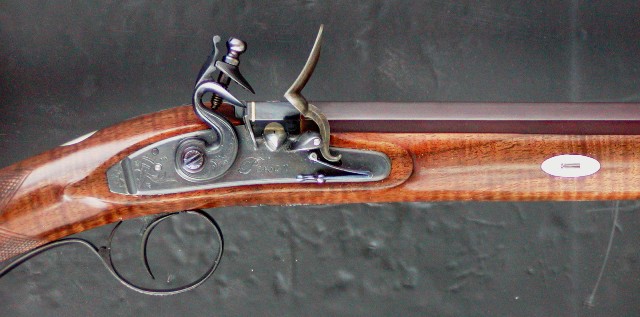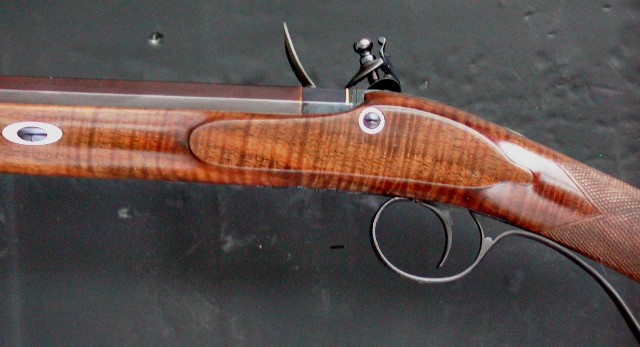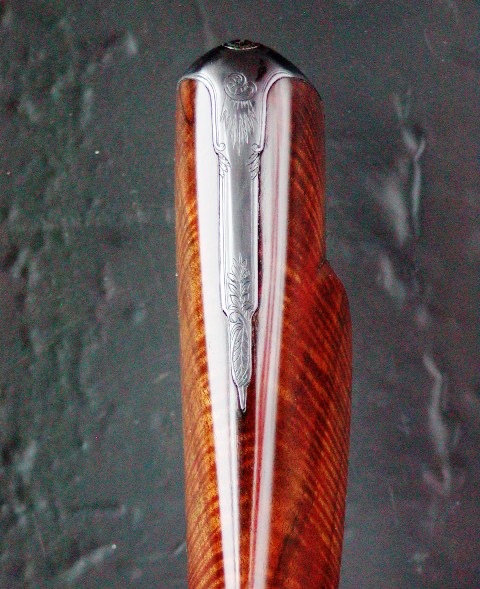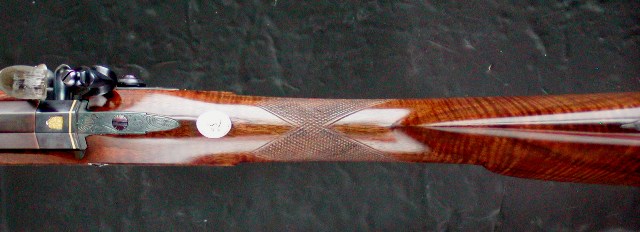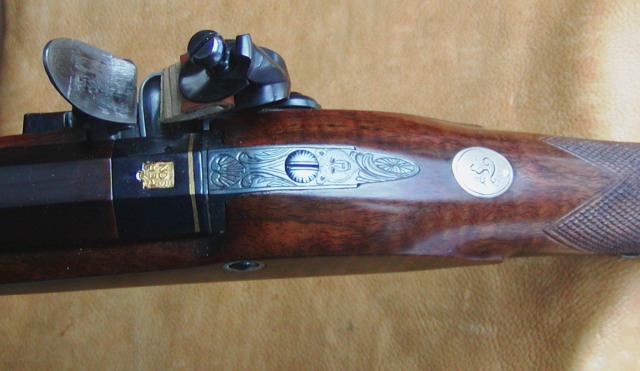megasupermagnum
45 Cal.
This is my first post here, thanks for having me. I'm hoping to get a little help with my first rifle build. I'm currently researching rifles, and I'm looking mainly at mountain man era. I'm looking for American rifles that would have been produced say 1800 to 1835. It seems there is a plethora of info on American rifles just up to and slightly past the revolutionary war. Then it seems info drops off significantly past 1800 until we start getting into the percussion era. I've looked into some trade rifles, and military rifles, particularly the Harpers Ferry 1803 model.
Looking at the American longrifle, it seems there isn't anything after what people now deem the golden age. It seems most kits anyway date their golden age longrifles to only 1800, usually earlier. Did longrifles fall quickly out of favor after the turn of the century, or were they continued to be produced in that general style?
Looking at the American longrifle, it seems there isn't anything after what people now deem the golden age. It seems most kits anyway date their golden age longrifles to only 1800, usually earlier. Did longrifles fall quickly out of favor after the turn of the century, or were they continued to be produced in that general style?



























